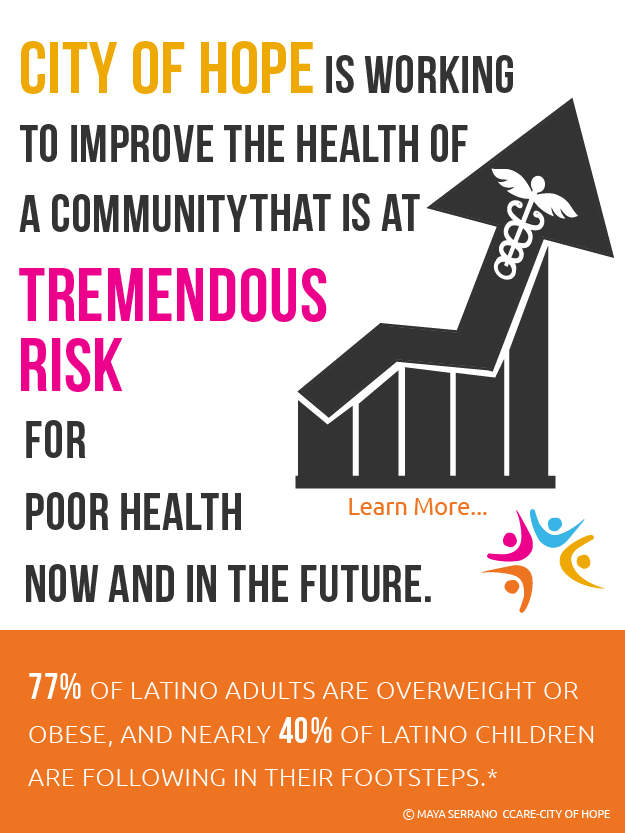
The 10-Day Diet Change Every Hispanic Child Needs
05/27/2015 10:31AM | 7903 viewsBy Hope Gillette.
Reducing the amount of fructose in a Hispanic or African American child’s diet for just 10 days can result in a dramatic decrease of liver fat, states a new study from Touro University, California. According to researchers, cutting back on fructose specifically from sugary beverages during those 10 days is enough to decrease liver fat by up to 20 percent.
When it comes to fatty liver disease, people rarely think about the condition affecting children. As the childhood obesity epidemic grows, however, experts are becoming keenly aware of how important liver fat content is among the young population. Known formally as non-alcoholic fatty liver disease, this condition occurs when the body starts depositing fat in the liver over time, and is the result of gaining too much weight and remaining overweight.
Children’s Healthcare of Atlanta states cutting back sugary beverages as well as becoming more physically active has always been a staple of warding off fatty liver disease in children. Until now, though, experts didn’t know just how quickly a reduction of of sugary beverages affected the liver.
“We did some studies first in adults and showed that high fructose consumption is associated with liver fat accumulation, hypertriglyceridemia, and increased conversion of sugar to fat in the liver known as hepatic de novo lipogenesis,” explained Jean-Marc Schwarz, PhD, to MedPage Today.
“When we ingest fructose in large quantities, such as in fruit juices or in sodas, it caused almost a tsunami in the liver, forcing it to produce more fat. We wanted to do an intervention study to see what would happen if we changed the fructose intake. We wanted to see if there were some benefits that could be seen in the short term.”
Schwarz and his team looked at Hispanic and African American children–children who historically have higher rates of obesity compared to non-Hispanic whites–and replaced high-fructose products in their regular diets with vegetables, breads, or pasta.
During the 10-day study, the conversion of sugar to fat in study participants declined by 56 percent, and the liver fat declined by more than 20 percent. There was no significant weight loss noted in participants over the study duration, and de novo lipogenesis, or the enzymatic pathway in the body for converting carbohydrates into fat, was reduced at a similar rate for both Hispanic children and African American children.
“These results suggest that hepatic de novo lipogenesis is an important mechanism contributing to liver fat accumulation in children, which can be reversed by short-term fructose restriction,” the research team stated. “Our data support public health efforts to reduce sugar consumption.”
Schwarz indicated the results are more than just a correlation; the study was very intensive, and there was such a dramatic change over 10 days experts saw obvious benefits for cardiovascular health. “When you have a 12-year-old who has 50 percent of fat in the liver, that is not a good thing. If you have that at 12, it is going to have a lot of impact,” Schwarz said.
“This is also correlated with fat in the blood and that puts one at higher risk for cardiovascular disease. The earlier you can prevent that, the earlier you can avoid those issues, and, I think, the better off you are.”
If fatty liver disease in a child goes unaddressed, by the time that child becomes and adult, he or she will be at an increased risk for heart attacks or stroke. Fatty liver disease can also eventually lead to liver failure and may result in the need for a liver transplant.












Post your Comment
Please login or sign up to comment
Comments